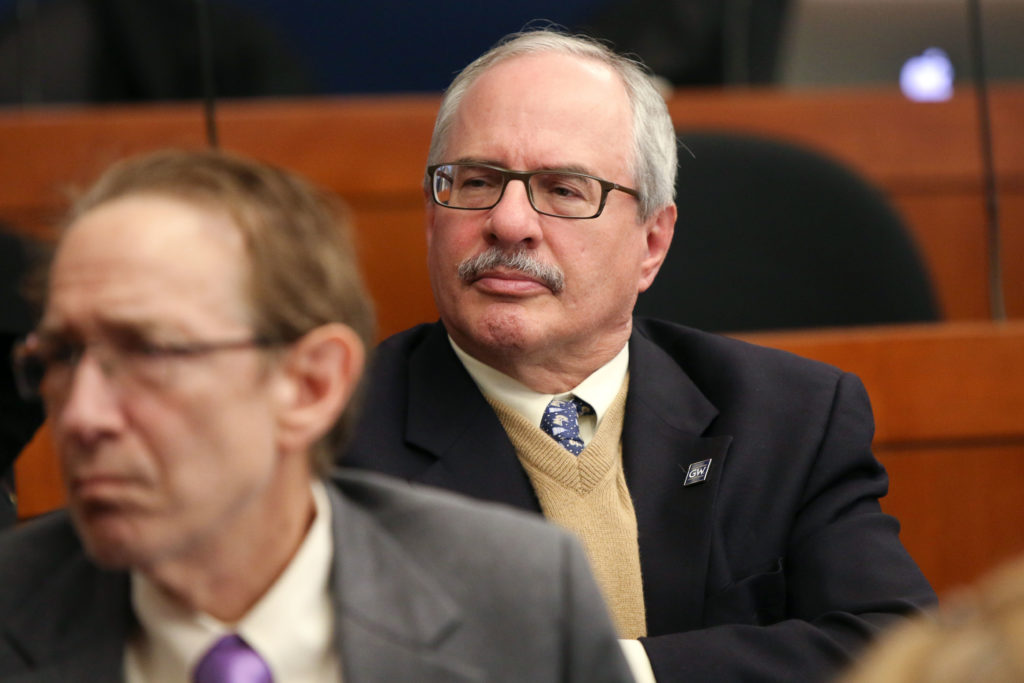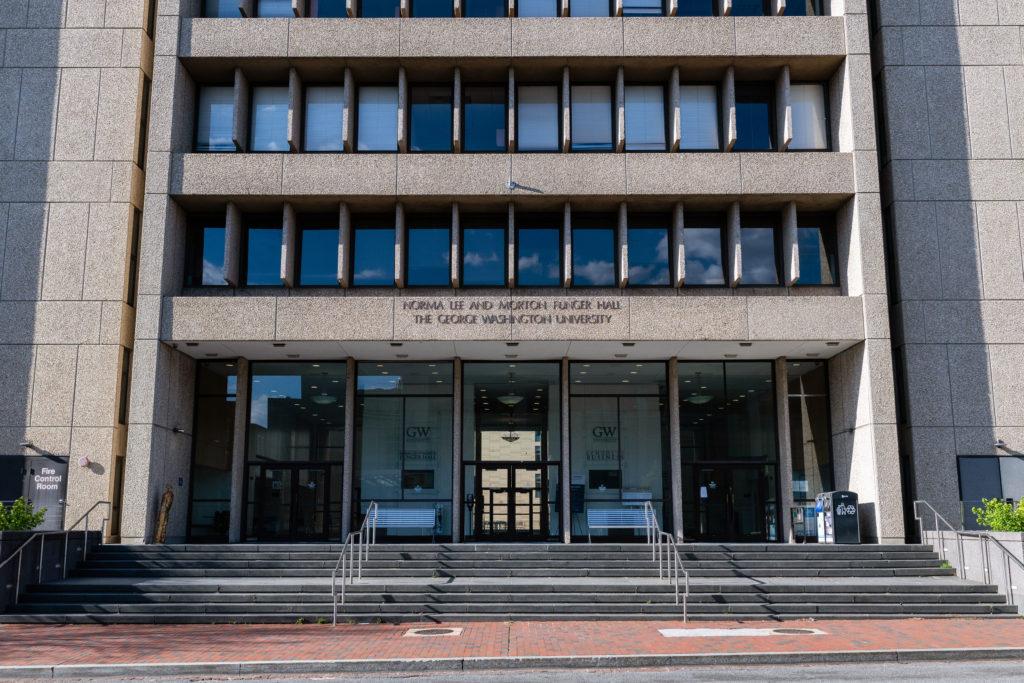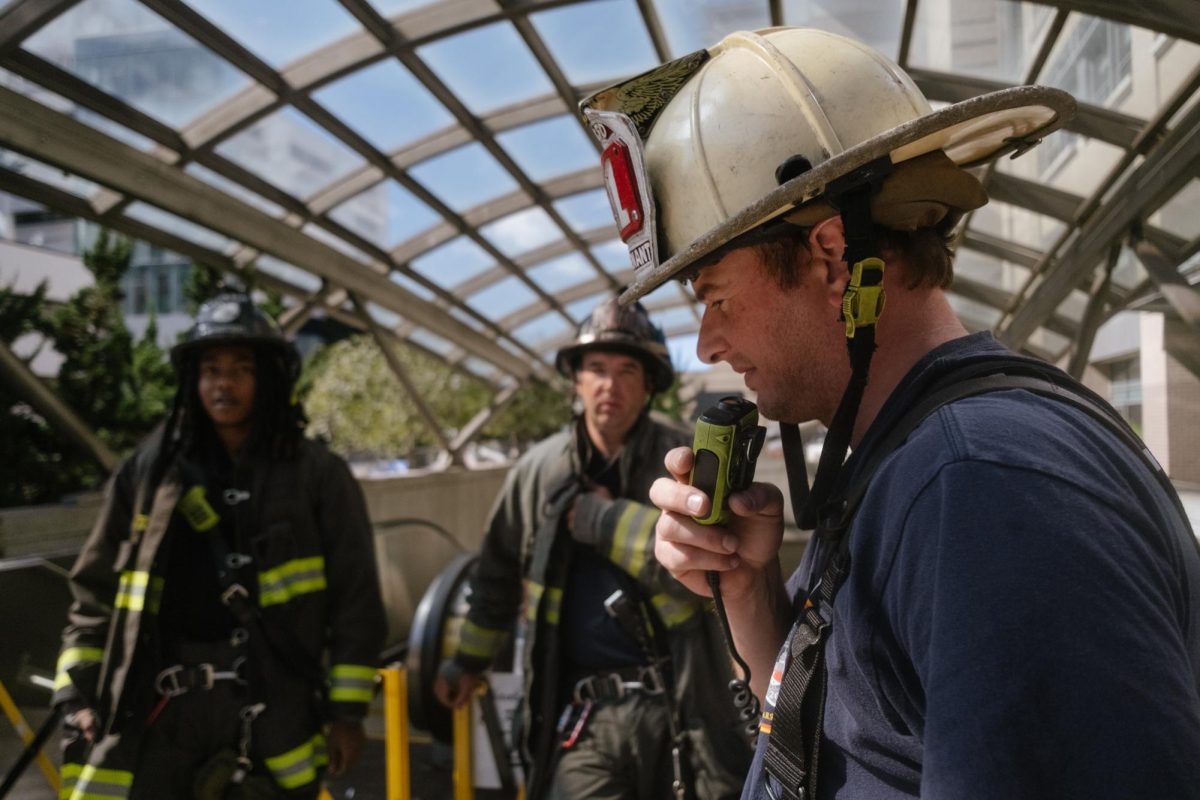Thomas LeBlanc will retire as the 17th president of GW at the end of the 2021-22 academic year, ending a tumultuous tenure that sparked increasing tensions with members of the University community, who ultimately pushed for his exit.
A faculty-wide survey of LeBlanc’s leadership abilities – the culmination of faculty pushback – found that the majority of professors had lost confidence in LeBlanc, which came on the heels of hundreds of faculty, staff and students demanding his resignation in recent months, citing some of his most prominent leadership decisions during his nearly four-year tenure. LeBlanc said the University would be “best served” by a president who could lead GW’s “long-term strategic direction” after the COVID-19 pandemic.
“The course of my presidency was disrupted by the pandemic that had to become the priority over the last 14 months; the next 14 months need to be largely focused on a transition to the ‘new normal’ and to completing some key initiatives,” LeBlanc said in an email issued to the University community.
LeBlanc said he began conversations with the Board of Trustees at a meeting during winter break about the University’s future and informed trustees during their May meeting of his plans to retire at the end of the upcoming academic year. The Board was set to decide whether to renew LeBlanc’s contract in the coming weeks following a standard review of his presidency, and Board Chair Grace Speights has previously declined to provide a timeline on the review.
The Board had largely backed LeBlanc amid tensions between him and the GW community but did not mention the outside review at their May meeting last week.
Speights said the Board has been “grateful” for LeBlanc’s leadership and has said that while tensions between LeBlanc and the GW community were high, the Board “appreciates” the work he has done to navigate the pandemic.
“He navigated the challenges of a pandemic with a commitment to the safety and well-being of our campus community and worked to promote diversity and improve the student experience throughout his term,” Speights said in an email.
She said trustees will conduct their nationwide search for LeBlanc’s successor looking to invest in the University’s academic infrastructure and to “build new areas of excellence.” Speights also said the University is “well positioned” to succeed despite ongoing challenges across higher education.
“As we conduct a nationwide search for the right candidate to succeed him, the Board will focus on building on the University’s core strengths as a home for rigorous academic inquiry and student-focused learning in an increasingly complex and diverse world,” she said.
The Faculty Senate passed a resolution in April expressing “serious concerns” about University leaders’ ability to advance GW’s mission following the release of the faculty survey results, and experts in higher education administration said the results could threaten LeBlanc’s future at GW.
Faculty had said that LeBlanc may have passed a point of “no return” given the release of the survey results, potentially leaving him unable to salvage his relationships with the GW community.
LeBlanc arrived at GW in August 2017 from the University of Miami, ushering in bold changes through five strategic initiatives – the student experience, research, philanthropy and constituent engagement, medical enterprise and institutional culture.
LeBlanc gradually restructured various administrative units during his presidency in these areas as officials implemented a wide array of changes, including a massive review of the University’s research ecosystem, the launch of a new alumni association, a restructuring of GW’s relationship with the Medical Faculty Associates and a complete renovation of Thurston Hall – the University’s largest residence hall.
To assist with LeBlanc’s push to improve institutional culture, officials partnered with the Disney Institute starting in 2018 as they created a newly restructured human resources division led by GW’s inaugural chief people officer. The partnership, which ended last fall, received criticism from many who believed the effort was superficial and not worth the cost, which officials have declined to provide.
As a hallmark of his strategic vision, LeBlanc devised the 20/30 Plan, which sought to decrease the undergraduate population by 20 percent while increasing the proportion of STEM majors to 30 percent. The plan had been a major source of rising tensions during LeBlanc’s tenure. It was ultimately put on hold once the pandemic hit and eventually declared likely “obsolete” based on shifting assumptions.
As classes moved online, officials pivoted to stabilizing GW’s rapidly falling enrollment levels by admitting multiple rounds of students from the waitlist and tripling the transfer student acceptance rate.
But as the financial outlook worsened, driven by the enrollment drop and a loss in housing and auxiliary revenues, LeBlanc faced a looming crisis – solving a $180 million annual budget gap.
Officials ultimately laid off hundreds of staff and temporarily suspended most hirings, capital projects, employee travel and other one-time expenses to bridge the gap, which further inflamed tensions. They vowed to cut costs rather than using the University’s endowment, citing their fiduciary duty to preserve GW’s long-term financial health.
By the fall, hundreds of members of the GW community had called for LeBlanc’s resignation, citing officials’ financial mitigation strategy, the 20/30 Plan, the Disney Institute partnership and other controversies – like LeBlanc’s hiring of Heather Swain – as some faculty considered censuring him or taking a no-confidence vote.
LeBlanc has repeatedly said in interviews and public meetings that he uses the sequential service priorities created as part of the initiative – safety, care and efficiency – to guide his leadership during the COVID-19 pandemic.
“I am proud that we put health and safety as our highest priority, even though that created some financial challenges and forced some difficult decisions,” he said in the email. “I am also extremely proud of how our community supported our students and helped them to continue learning as their world was turned upside down.”











